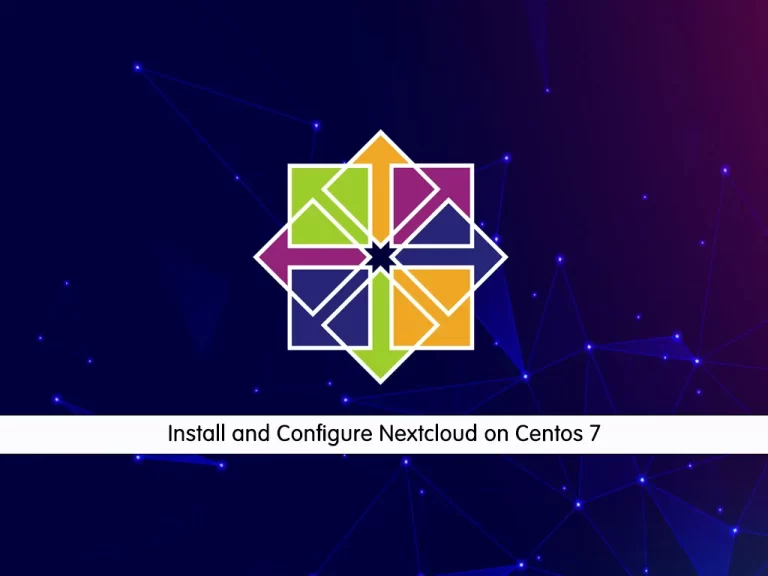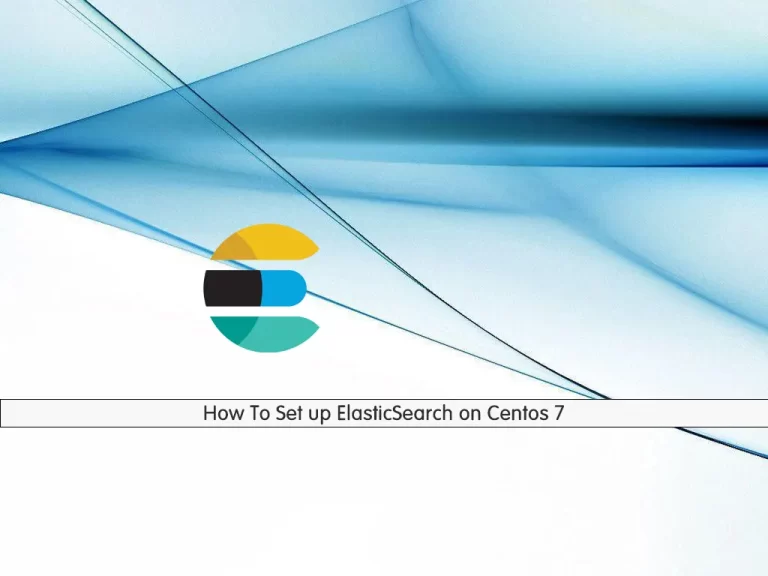Share your love
Install and Use chkrootkit on Centos 7 – Best Antivirus

In this article, we want to teach you How To Install and Use chkrootkit on Centos 7. chkrootkit is a free and open-source antivirus tool available on GitHub. This tool checks locally in the binary system of your machine and scans your Linux server for a trojan. chkrootkit is a shell script that checks system binaries for rootkit modification. This tool is used for scanning botnets, rootkits, malware, etc.
Now you can follow the steps below provided by the Orcacore website to Install and Use chkrootkit on Centos 7.
Table of Contents
Steps To Install and Use chkrootkit on Centos 7
To Install and Use chkrootkit on Centos 7, you must log in to your server as a root user.
Then, follow the steps below to start your chkrootkit setup on Centos 7.
Installing chkrootkit on Centos 7
By default, chkrootkit packages aren’t available in the default Centos 7 repository. You must download the package from its source.
First, you need to update your local package index with the following command:
yum update -yThen, install the required packages on Centos 7 with the following command:
yum install wget gcc-c++ glibc-staticDownload chkrootkit From Source
Next, you need to visit the chkrootkit downloads page and download the latest source tarball with the wget command:
wget -c ftp://ftp.pangeia.com.br/pub/seg/pac/chkrootkit.tar.gzHere you need to check that the chkrootkit download has not been tampered with or damaged. For this, you can download the md5 hash file associated with your chkrootkit download using the following command:
wget ftp://ftp.pangeia.com.br/pub/seg/pac/chkrootkit.md5Check the chkrootkit download:
md5sum -c chkrootkit.md5
Output
chkrootkit.tar.gz: OK
At this point, you need to extract your chkrootkit downloaded file with the command below:
tar -xvzf chkrootkit.tar.gz
Now you need to create a folder and move the extracted contents to the file:
mkdir /usr/local/chkrootkitTo check your chkrootkit file name you can use the ls command and use the command below to move it to your new folder:
mv chkrootkit-0.55/* /usr/local/chkrootkitSwitch to your chkrootkit directory on Centos 7:
cd /usr/local/chkrootkitThen, run the make sense command:
make senseWhen you are finished, you can start to scan the server.
How To Use chkrootkit?
At this step of Install and Use chkrootkit on Centos 7, you need to scan your Centos 7 server by running the chkrootkit:
/usr/local/chkrootkit/chkrootkitTo enable automatic scanning, you can add a cron entry for running chkrootkit automatically and send a scan report to your mail address. Create and add the following entries to “/etc/cron.daily/chkrootkit.sh”
#!/bin/sh
(
/usr/local/chkrootkit/chkrootkit
) | /bin/mail -s 'CHROOTKIT Daily Run (ServerName)' your@email.comThese are some commonly used options of chkrootkit:
- -h: Show a short help message and exit.
- -V: Show version information and exit.
- -I: Show available tests and exit.
- -d: Enter debugs mode.
- -x: Enter expert mode.
- -e: Exclude known false positive files/dirs, quoted, space-separated.
- -q: Enter quiet mode. In quiet mode, only output messages with infected status are displayed.
- -r dir: use dir as the root directory.
- -p dir1: Ability to add more binary paths using this option.
- -n: Skip NFS-mounted directories.
Conclusion
At this point, you have learned to Install and Use chkrootkit on Centos 7. The chkrootkit package is not available in the Centos 7 repository, so you must download the package from its source and set it up on your server as shown in the guide steps. Then, you can easily start to scan your server.
Hope you enjoy it. Also, you may interested in these articles:
Set up Siege Stress Tester on Centos 7



